Evidence
The use of sources within history lessons has consistently been included within the National Curriculum in England and as a specific assessment objective at GCSE and A-level, on the grounds that unless students know how claims about the past are generated and validated within the subject community, they will be poorly equipped to make sense of or to discriminate between conflicting claims about the past. While the use of sources depends on a process of critical evaluation, history teachers and curriculum designers are now very aware of the risks associated with reducing such evaluation to a series of mechanistic formulae in which ‘source work’ is detached from the enquiry process of answering specific and worthwhile questions about the past. The materials in this section help alert teachers to those risks as well as illuminating important misconceptions that may prevent students from developing a more powerful conception of the nature of historical knowledge The resources here offer a range of practical strategies, rooted in academic and practitioner research, for equipping students to use sources of many different kinds as evidence (rather than merely passing judgment on them). Read more
-

'Didn't we do that in Year 7?' Planning for progress in evidential understanding
ArticleClick to view -

'Please send socks': How much can Reg Wilkes tell us about the Great War?
ArticleClick to view -

'Really weird and freaky': using a Thomas Hardy short story as a source of evidence in the Year 8 classroom
ArticleClick to view -
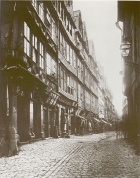
A question of attribution: working with ghetto photographs
ArticleClick to view -

An authentic voice: perspectives on the value of listening to survivors of genocide
ArticleClick to view -
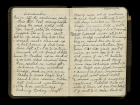
Being an historian
ArticleClick to view -

Beyond bias: making source evaluation meaningful to year 7
ArticleClick to view -

Beyond slavery
ArticleClick to view -
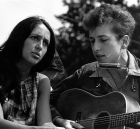
Bob Dylan and the concept of evidence
ArticleClick to view -
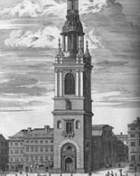
British History Online - Digital Resources
ArticleClick to view -
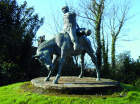
Broadening Year 7’s British history horizons with Welsh medieval sources
ArticleClick to view -

Building local history into the curriculum
ArticleClick to view -
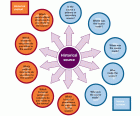
Building the Habit of Evidential Thinking
ArticleClick to view -
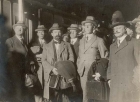
Census of Ireland, Dublin 1911 - National Archives of Ireland
ArticleClick to view -
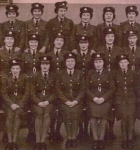
Community engagement in local history
ArticleClick to view -

Creating a progression model for teaching historical perspectives in Key Stage 3
ArticleClick to view -

Cunning Plan 147: Getting students to use classical texts
ArticleClick to view -
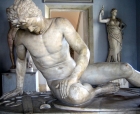
Cunning Plan 152.1: visual sources
ArticleClick to view -

Cunning Plan 152.2: using Gillray’s cartoons with Year 8
ArticleClick to view -

Cunning Plan 181: Incorporating a more global perspective within Key Stage 3
ArticleClick to view

